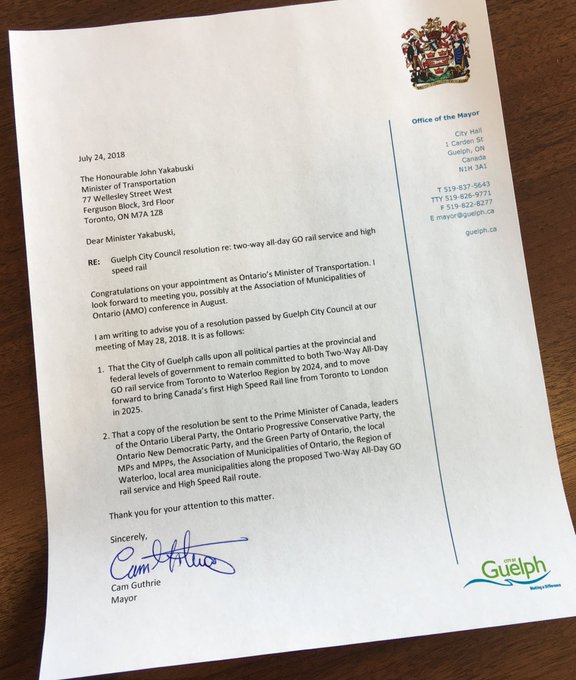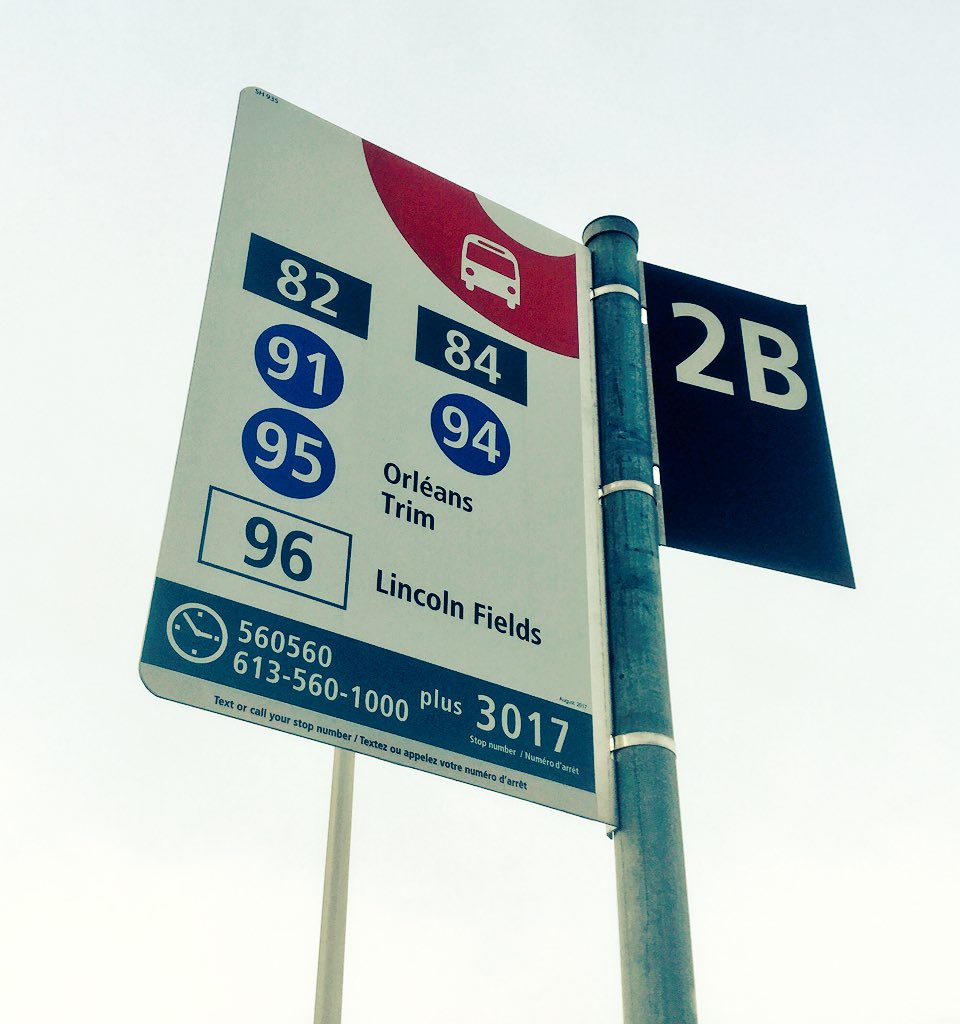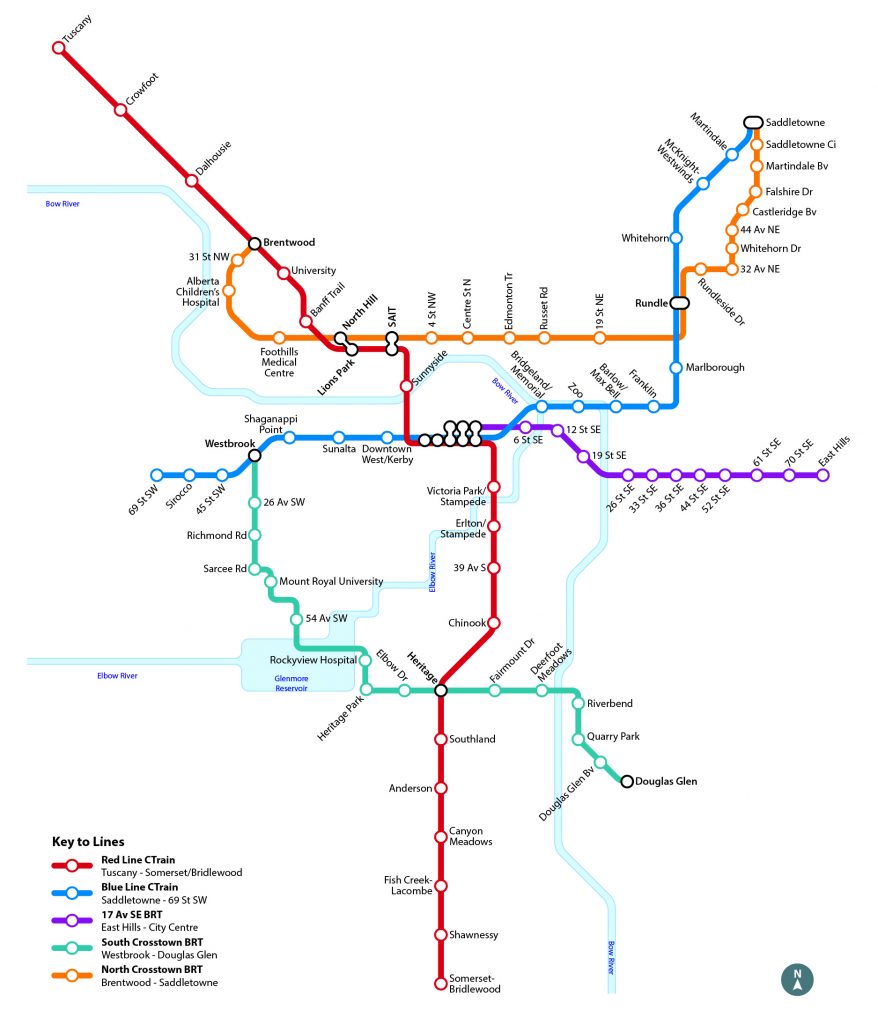I think it would have ended up a mix not too different from Calgary C-Train.
C-Train is much lighter train than both GO ALRT and GO BiLevels.
Some stations are transit malls (through downtown), some are transit hubs, and some are massive garages (bigger than many GO garages).
And C-Train's free downtown section where people can hop on-off at will anytime for free at the on-street transit mall stations -- using it like a peoplemover. Imagine King Street with a complete car ban and adding high level platforms for 4-coach chained trams that go through level intersections with automatic traffic priority -- that's what Calgary C-Train sorta looks like through downtown.
Much more integrated than even the most integrated GO stations on GO network.
On the C-Train, the contrast is quite striking -- they've got some GO-like garage megastations and some transit-mall stations on the Calgary C-Train.
There's a total of 13,500 C-Train parking spaces -- not as many as GO's 65,000 -- but a massive number for an LRT.
I imagine GO ALRT would have ended up as roughly similar contrasty-station style as the Calgary C-Train -- a mix of very urban stations and some very massive park-n-ride stations.
Here's the contrast:
1. Transit mall station
(Credit:
Calgary Home Boys)
2. Low-density suburban Calgary C-Train station
Looks just like suburban GO stations. (credit: Google)
View attachment 152157
3. Mid-density suburban Calgary C-Train station
(credit: Google)
View attachment 152158
Yeah, the same train stops at all of these styles of stations. Quite the contrast!
I suspect (roughly), there would have been a roughly similar spread with GO ALRT, a big mix of very urban stations and very suburban stations. A spread much bigger than GO.











